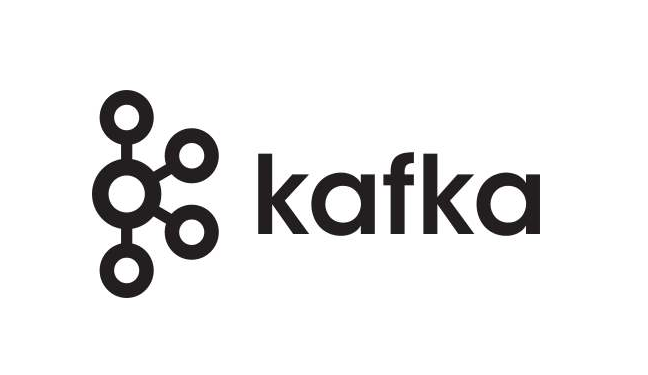
微服务架构的兴起带来了分布式系统的复杂性,而Kafka作为一款强大的分布式消息系统,为微服务之间的通信和数据流动提供了理想的解决方案。本文将深入探讨Kafka在微服务架构中的应用,并通过丰富的示例代码,帮助大家更全面地理解和应用Kafka的强大功能。
Kafka作为消息总线
在微服务架构中,各个微服务需要进行高效的通信,而Kafka作为消息总线可以扮演重要的角色。以下是一个简单的示例,演示如何使用Kafka进行基本的消息生产和消费:
// 示例代码:Kafka消息生产者
public class MessageProducer {
public static void main(String[] args) {
Properties properties = new Properties();
properties.put("bootstrap.servers", "localhost:9092");
properties.put("key.serializer", "org.apache.kafka.common.serialization.StringSerializer");
properties.put("value.serializer", "org.apache.kafka.common.serialization.StringSerializer");
try (Producer<String, String> producer = new KafkaProducer<>(properties)) {
ProducerRecord<String, String> record = new ProducerRecord<>("my_topic", "key", "Hello, Kafka!");
producer.send(record);
}
}
}
// 示例代码:Kafka消息消费者
public class MessageConsumer {
public static void main(String[] args) {
Properties properties = new Properties();
properties.put("bootstrap.servers", "localhost:9092");
properties.put("key.deserializer", "org.apache.kafka.common.serialization.StringDeserializer");
properties.put("value.deserializer", "org.apache.kafka.common.serialization.StringDeserializer");
properties.put("group.id", "my_group");
try (Consumer<String, String> consumer = new KafkaConsumer<>(properties)) {
consumer.subscribe(Collections.singletonList("my_topic"));
while (true) {
ConsumerRecords<String, String> records = consumer.poll(Duration.ofMillis(100));
records.forEach(record -> {
System.out.println("Received message: " + record.value());
});
}
}
}
}
上述示例中,生产者向名为"my_topic"的主题发送消息,而消费者则订阅该主题并消费消息。这种简单而强大的消息通信机制使得微服务能够松耦合地进行通信。
实现事件驱动架构
Kafka的消息发布与订阅模型为实现事件驱动架构提供了便利。以下是一个示例,演示如何使用Kafka实现简单的事件发布与订阅:
// 示例代码:事件发布者
public class EventPublisher {
public static void main(String[] args) {
Properties properties = new Properties();
properties.put("bootstrap.servers", "localhost:9092");
properties.put("key.serializer", "org.apache.kafka.common.serialization.StringSerializer");
properties.put("value.serializer", "org.apache.kafka.common.serialization.StringSerializer");
try (Producer<String, String> producer = new KafkaProducer<>(properties)) {
ProducerRecord<String, String> record = new ProducerRecord<>("event_topic", "key", "UserLoggedInEvent");
producer.send(record);
}
}
}
// 示例代码:事件订阅者
public class EventSubscriber {
public static void main(String[] args) {
Properties properties = new Properties();
properties.put("bootstrap.servers", "localhost:9092");
properties.put("key.deserializer", "org.apache.kafka.common.serialization.StringDeserializer");
properties.put("value.deserializer", "org.apache.kafka.common.serialization.StringDeserializer");
properties.put("group.id", "event_group");
try (Consumer<String, String> consumer = new KafkaConsumer<>(properties)) {
consumer.subscribe(Collections.singletonList("event_topic"));
while (true) {
ConsumerRecords<String, String> records = consumer.poll(Duration.ofMillis(100));
records.forEach(record -> {
System.out.println("Received event: " + record.value());
// 处理事件的业务逻辑
});
}
}
}
}
这个示例中,事件发布者向名为"event_topic"的主题发送事件消息,而事件订阅者则订阅该主题并处理接收到的事件。这种事件驱动的架构使得微服务能够更好地响应系统内外的变化。
日志聚合与数据分析
Kafka作为分布式日志系统,也为微服务的日志聚合和数据分析提供了便捷解决方案。以下是一个简单的日志聚合示例:
// 示例代码:日志生产者
public class LogProducer {
public static void main(String[] args) {
Properties properties = new Properties();
properties.put("bootstrap.servers", "localhost:9092");
properties.put("key.serializer", "org.apache.kafka.common.serialization.StringSerializer");
properties.put("value.serializer", "org.apache.kafka.common.serialization.StringSerializer");
try (Producer<String, String> producer = new KafkaProducer<>(properties)) {
ProducerRecord<String, String> record = new ProducerRecord<>("log_topic", "key", "INFO: Service A is running.");
producer.send(record);
}
}
}
// 示例代码:日志订阅者
public class LogSubscriber {
public static void main(String[] args) {
Properties properties = new Properties();
properties.put("bootstrap.servers", "localhost:9092");
properties.put("key.deserializer", "org.apache.kafka.common.serialization.StringDeserializer");
properties.put("value.deserializer", "org.apache.kafka.common.serialization.StringDeserializer");
properties.put("group.id", "log_group");
try (Consumer<String, String> consumer = new KafkaConsumer<>(properties)) {
consumer.subscribe(Collections.singletonList("log_topic"));
while (true) {
ConsumerRecords<String, String> records = consumer.poll(Duration.ofMillis(100));
records.forEach(record -> {
System.out.println("Received log: " + record.value());
// 进行日志聚合或其他数据分析操作
});
}
}
}
}
这个示例中,日志生产者将日志信息发送到名为"log_topic"的主题,而日志订阅者则订阅该主题并处理接收到的日志。Kafka的高吞吐量和持久性存储使得日志聚合和数据分析变得更加高效。
分布式事务处理
在微服务架构中,分布式事务处理是一个常见的挑战。Kafka通过其事务支持功能为微服务提供了可靠的分布式事务处理机制。
以下是一个简单的事务处理示例:
// 示例代码:事务生产者
public class TransactionalProducer {
public static void main(String[] args) {
Properties properties = new Properties();
properties.put("bootstrap.servers", "localhost:9092");
properties.put("key.serializer", "org.apache.kafka.common.serialization.StringSerializer");
properties.put("value.serializer", "org.apache.kafka.common.serialization.StringSerializer");
properties.put("acks", "all");
properties.put("transactional.id", "my_transactional_id");
try (Producer<String, String> producer = new KafkaProducer<>(properties)) {
producer.initTransactions();
try {
producer.beginTransaction();
// 发送消息
ProducerRecord<String, String> record1 = new ProducerRecord<>("transactional_topic", "key", "Message 1");
producer.send(record1);
ProducerRecord<String, String> record2 = new ProducerRecord<>("transactional_topic", "key", "Message 2");
producer.send(record2);
// 提交事务
producer.commitTransaction();
} catch (ProducerFencedException | OutOfOrderSequenceException | AuthorizationException e) {
// 处理异常,可能需要回滚事务
producer.close();
}
}
}
}
在上述示例中,创建了一个具有事务支持的生产者,通过beginTransaction和commitTransaction方法来确保消息的原子性。这种机制在微服务之间进行数据更新或状态变更时非常有用。
流处理与实时分析
Kafka提供了强大的流处理库(如Kafka Streams),使得微服务能够进行实时的数据处理和分析。
以下是一个简单的流处理示例:
// 示例代码:Kafka Streams应用
public class StreamProcessingApp {
public static void main(String[] args) {
Properties properties = new Properties();
properties.put(StreamsConfig.APPLICATION_ID_CONFIG, "stream-processing-app");
properties.put(StreamsConfig.BOOTSTRAP_SERVERS_CONFIG, "localhost:9092");
properties.put(StreamsConfig.DEFAULT_KEY_SERDE_CLASS_CONFIG, Serdes.String().getClass());
properties.put(StreamsConfig.DEFAULT_VALUE_SERDE_CLASS_CONFIG, Serdes.String().getClass());
StreamsBuilder builder = new StreamsBuilder();
KStream<String, String> inputTopic = builder.stream("input_topic");
KTable<String, Long> wordCount = inputTopic
.flatMapValues(value -> Arrays.asList(value.toLowerCase().split("\\W+")))
.groupBy((key, word) -> word)
.count();
wordCount.toStream().to("output_topic", Produced.with(Serdes.String(), Serdes.Long()));
KafkaStreams streams = new KafkaStreams(builder.build(), properties);
streams.start();
}
}
在上述示例中,创建了一个简单的流处理应用,通过Kafka Streams库对输入主题的数据进行实时的单词计数,并将结果发送到输出主题。这种实时流处理机制使得微服务能够更灵活地响应和分析数据。
总结
在本文中,探讨了Kafka在微服务架构中的广泛应用。作为一款强大的分布式消息系统,Kafka通过其高效的消息通信机制、事件驱动架构、日志聚合与数据分析、分布式事务处理以及实时流处理等功能,为微服务提供了全面而可靠的解决方案。
通过丰富的示例代码,演示如何使用Kafka构建消息总线,实现事件驱动架构,进行日志聚合与数据分析,处理分布式事务,以及进行实时流处理。这些示例不仅帮助大家理解Kafka的核心概念,还为其在实际项目中的应用提供了具体而实用的指导。
总体而言,Kafka的应用不仅仅局限于单一功能,而是涵盖了微服务架构中通信、数据处理、事务处理等多个方面。通过深入学习和实践这些示例,能够更好地利用Kafka的优势,构建高效、可靠、灵活的微服务体系,提升整体系统的性能和可维护性。
在未来的微服务架构中,Kafka有望继续发挥其关键作用,为系统架构和数据流动提供可靠的基础设施。
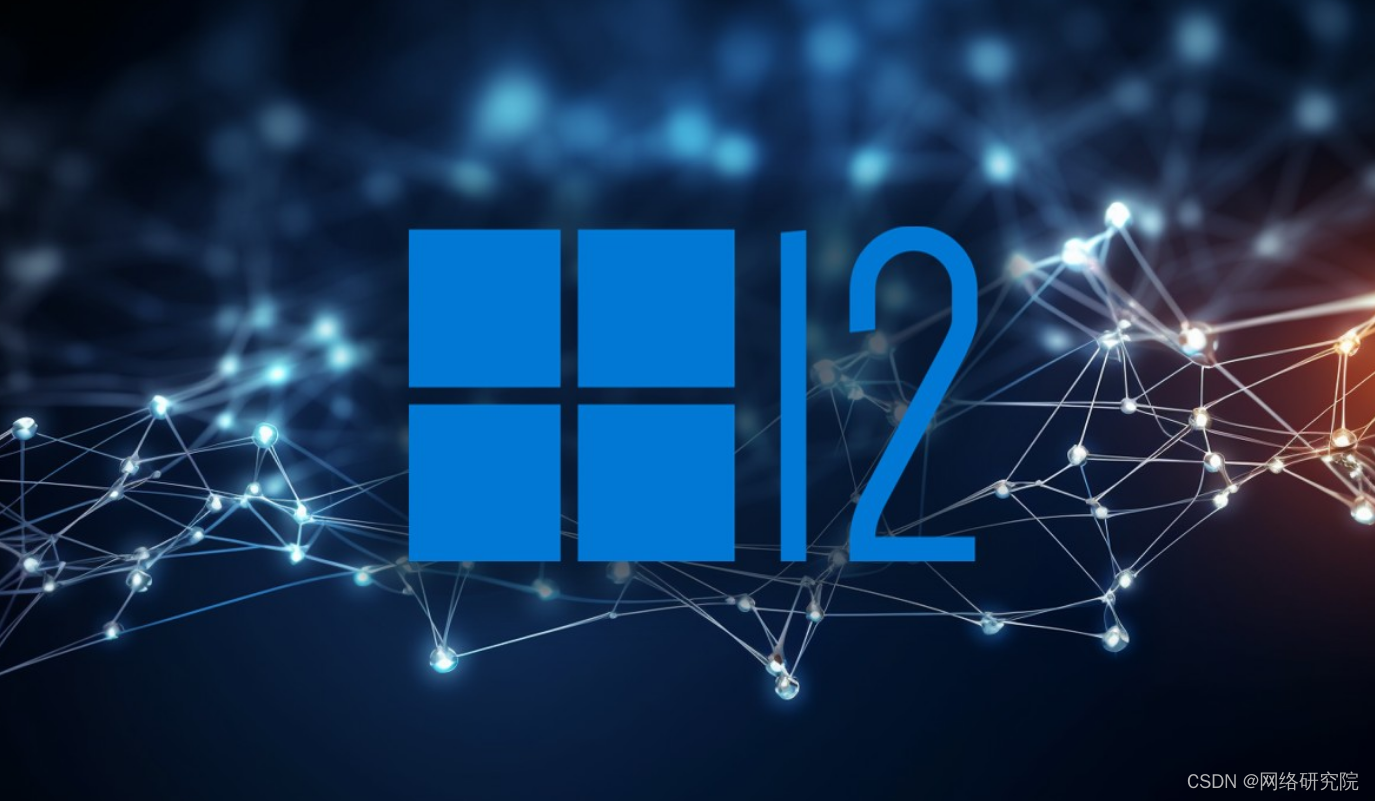






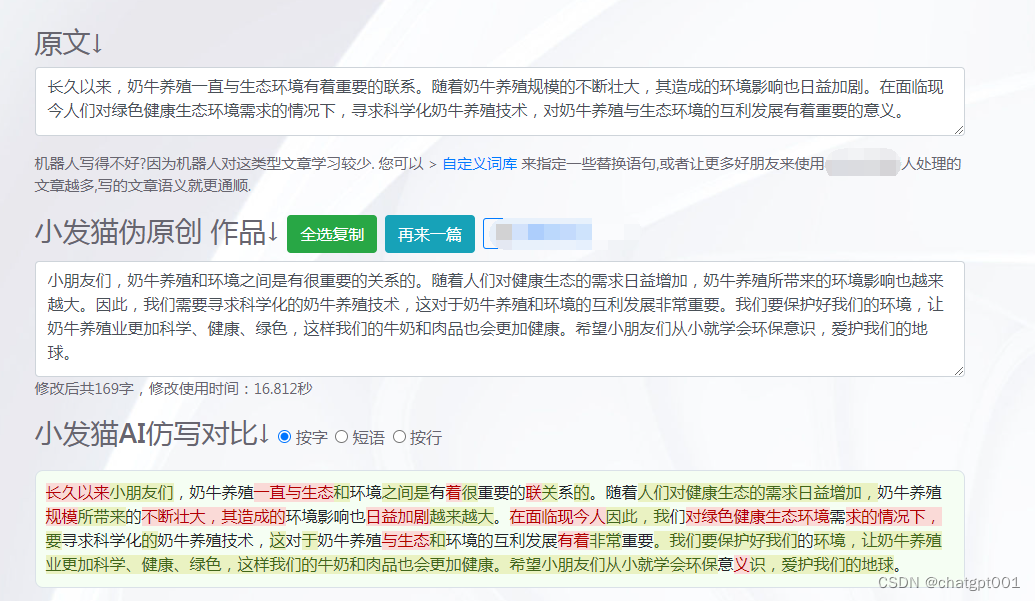
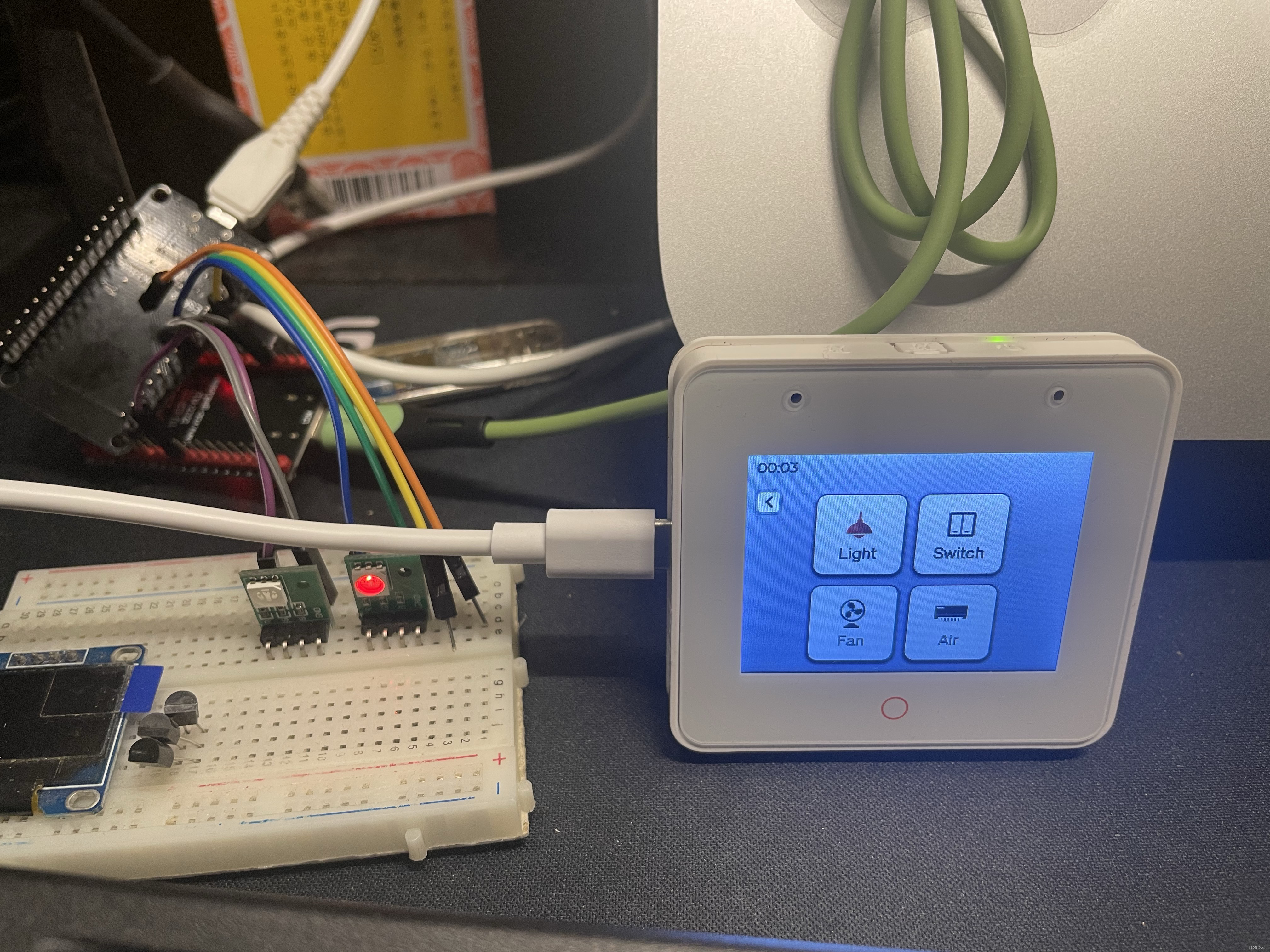
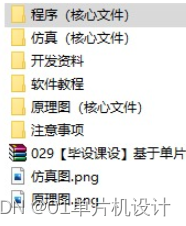
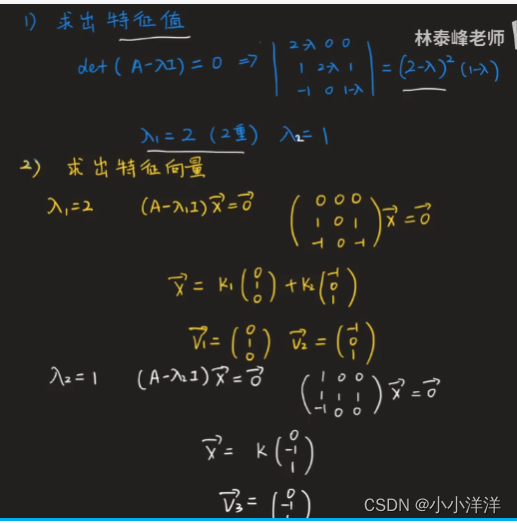
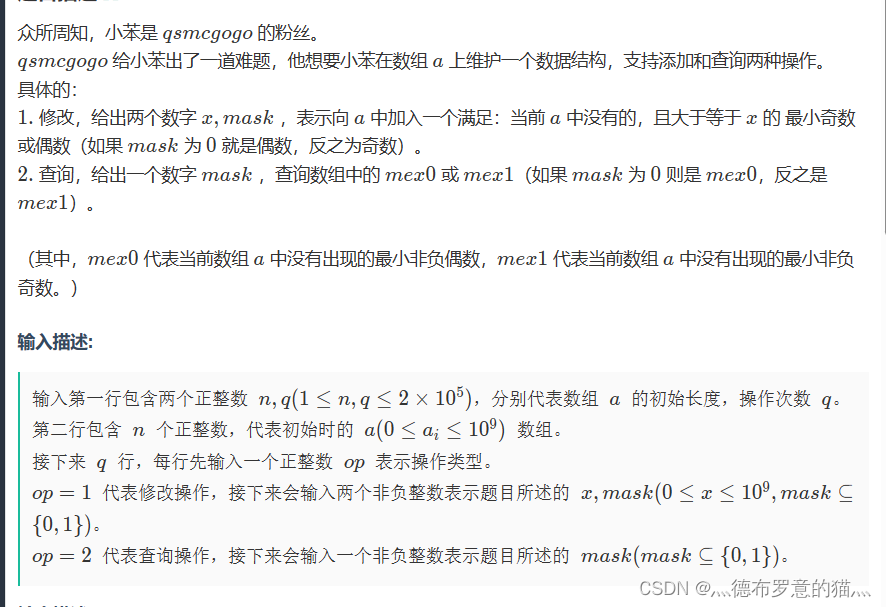
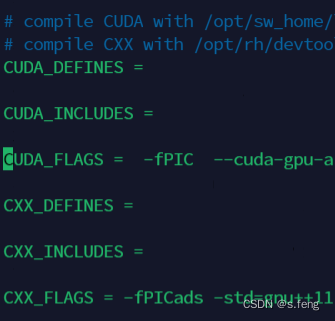



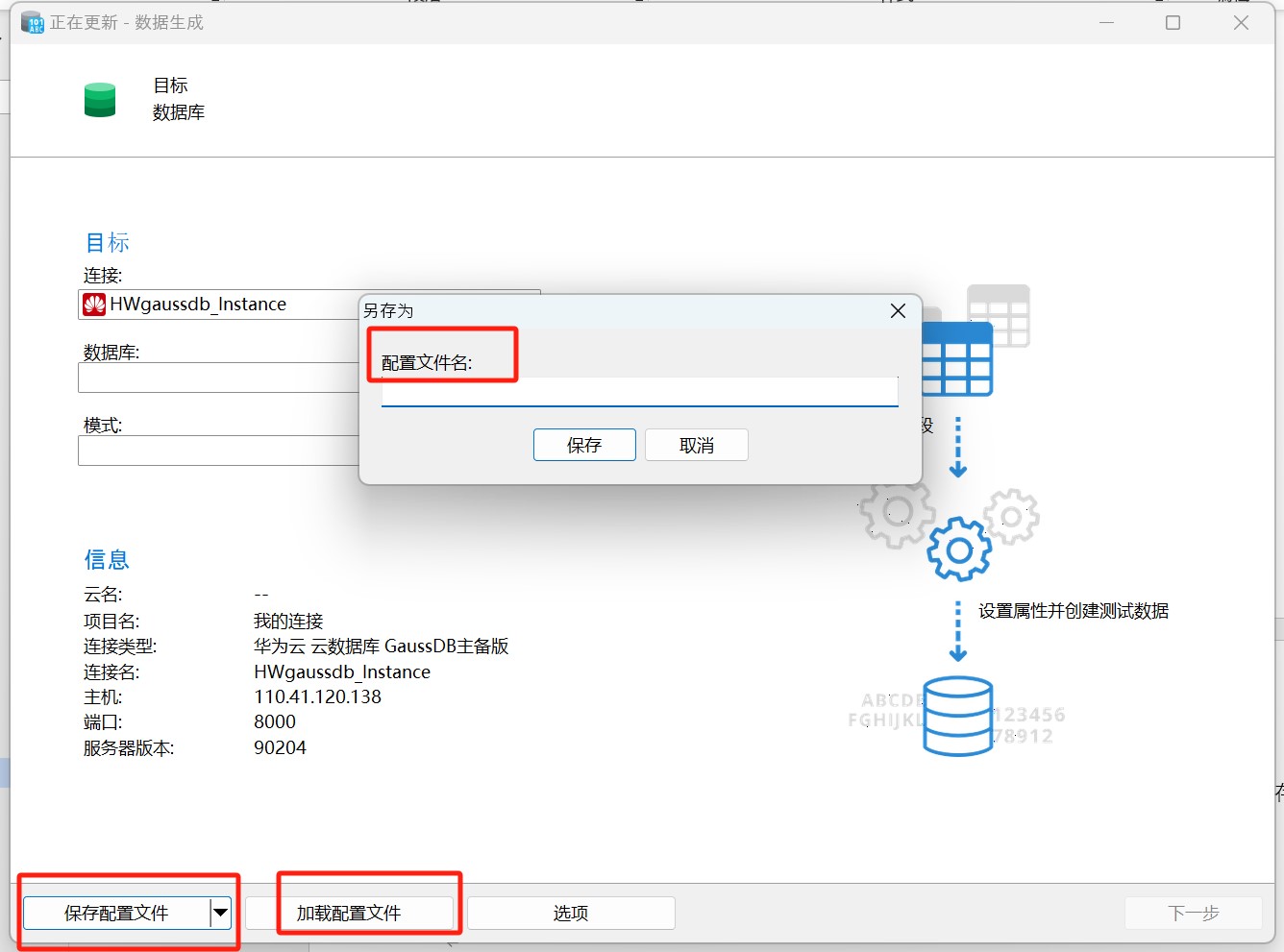
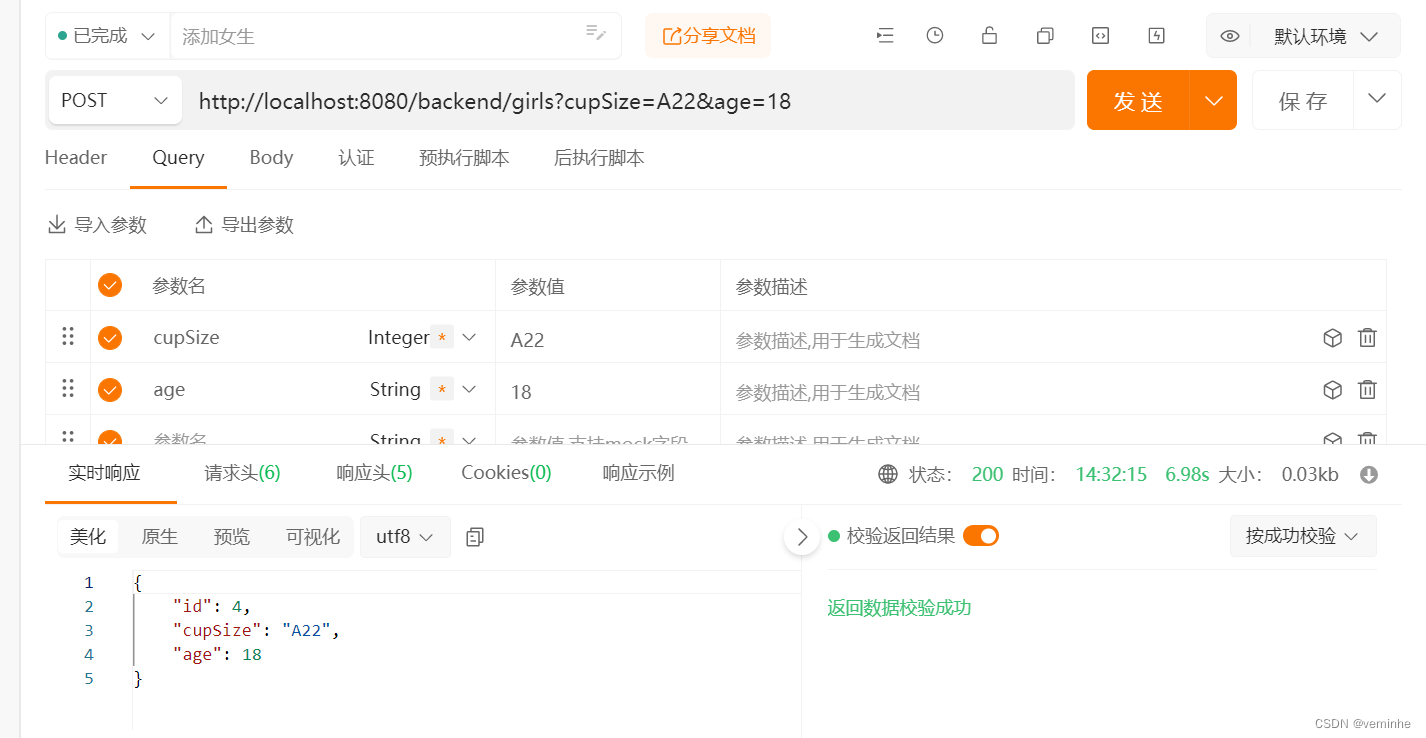
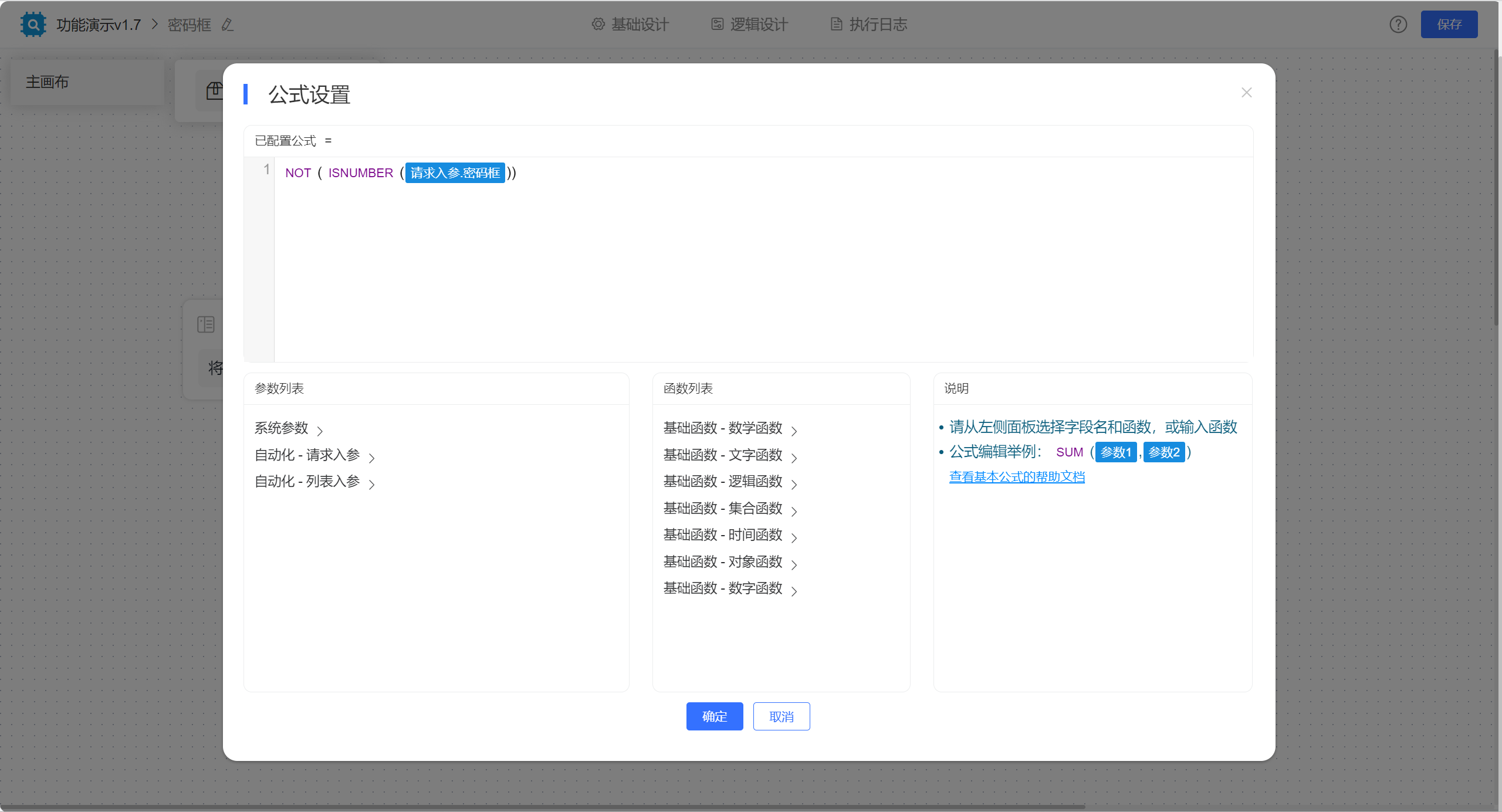
![[笔记]ARMv7/ARMv8 交叉编译器下载](https://img-blog.csdnimg.cn/direct/8be7ad0ab8b740a8b5a2ab30b90233e1.png)